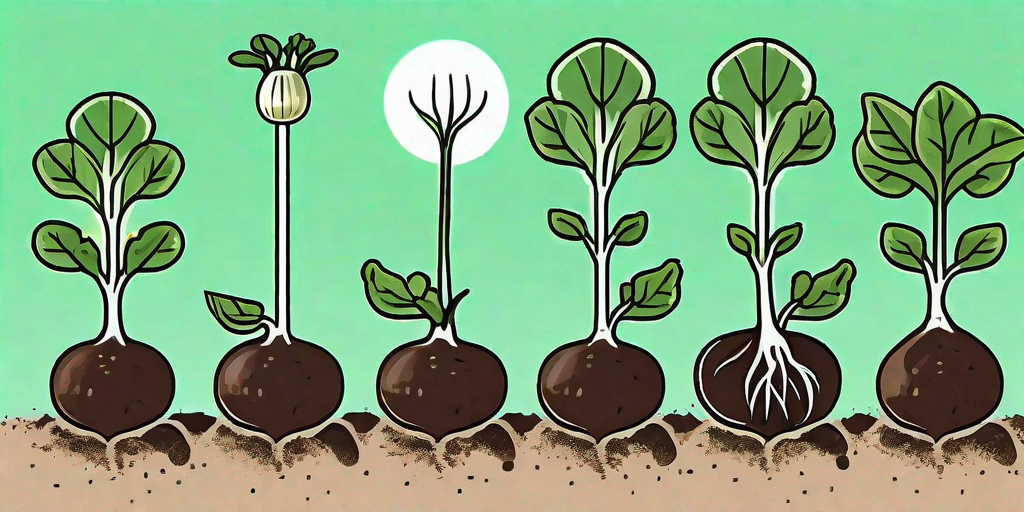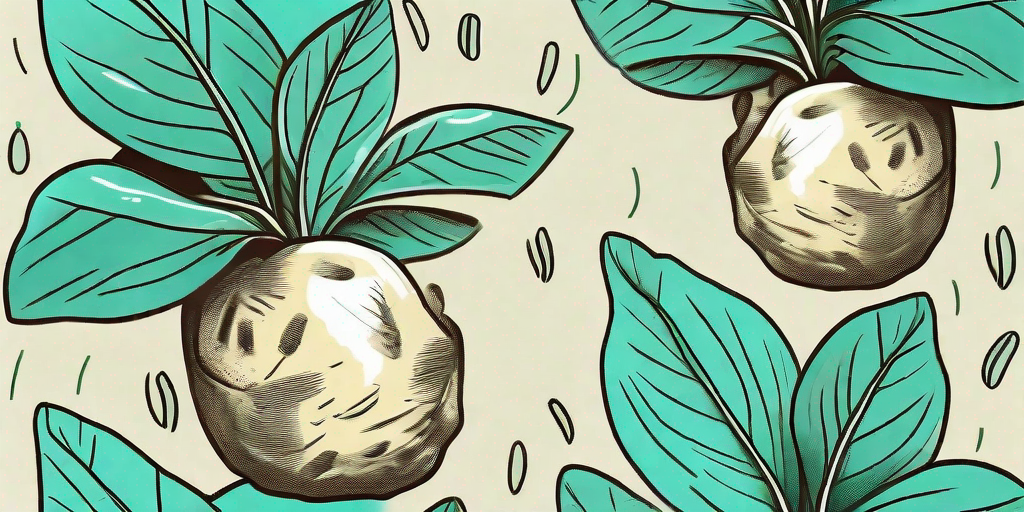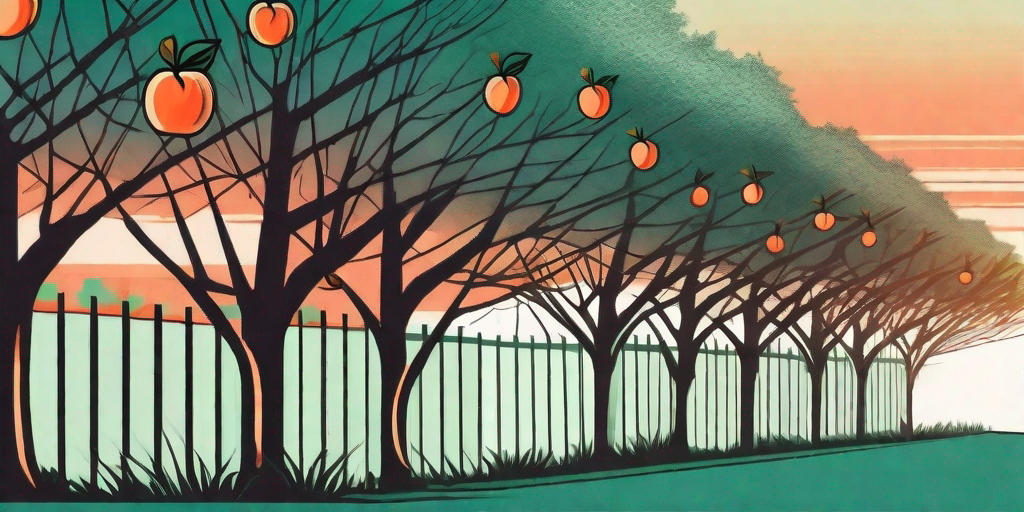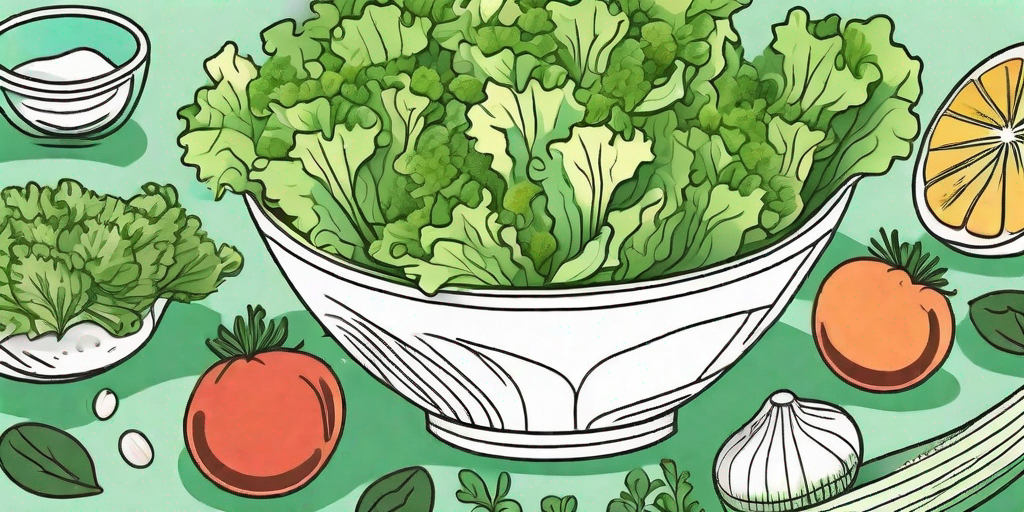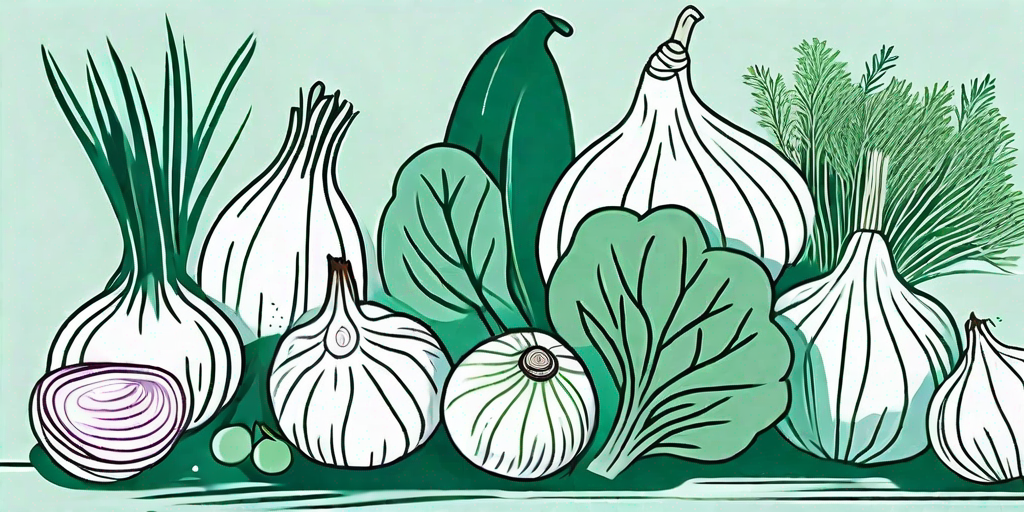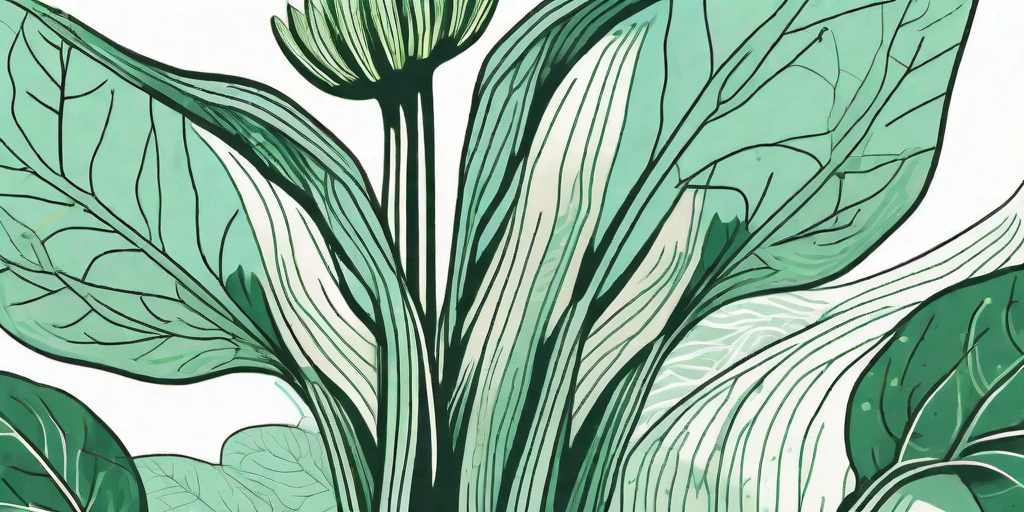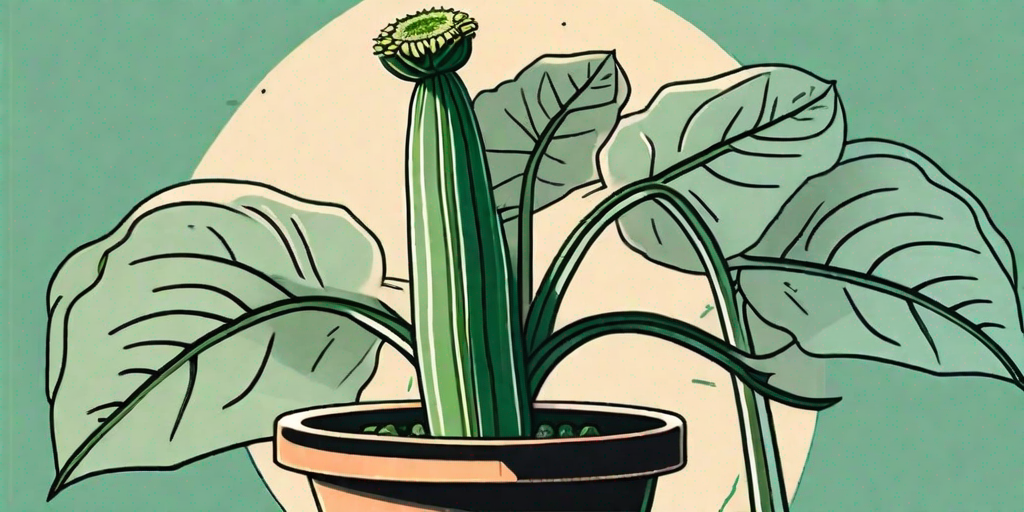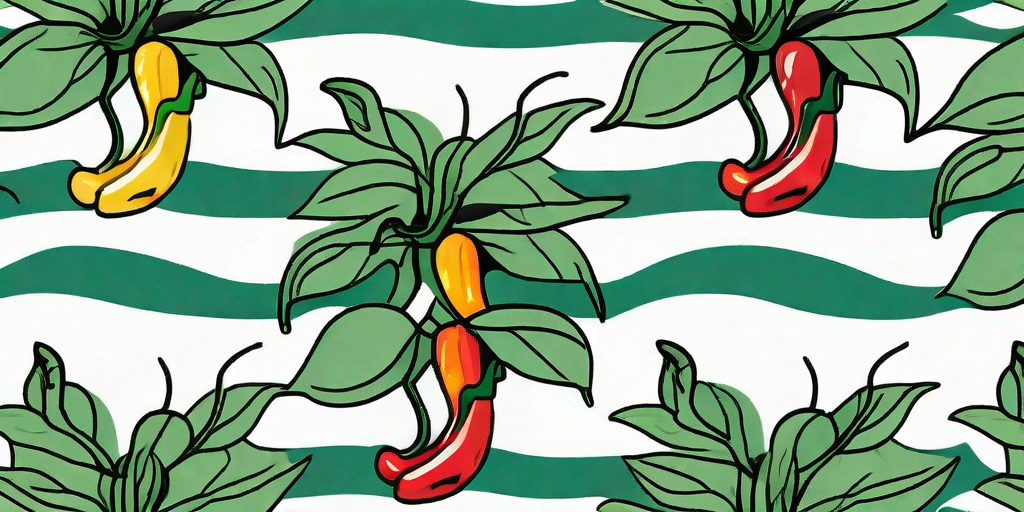
Welcome, green-thumbed enthusiasts and curious cultivators, to the wonderful world of turnips! If you've ever wondered how to transform a tiny turnip seed into a bountiful crop, you've come to the right place. With a dash of patience, a sprinkle of care, and a hearty helping of humor, we'll guide you through the journey from seed to harvest. So, roll up your sleeves, grab your gardening gloves, and let's dig in!
Understanding Your Turnip: A Brief Introduction
Before we dive into the dirt, let's take a moment to appreciate the humble turnip. This root vegetable, known scientifically as Brassica rapa, has been nourishing humanity for centuries. It's not just a pretty face, either. Turnips are packed with vitamins and minerals, making them a healthy addition to any meal. But enough about their good looks and nutritional value, let's talk about their personality!
Turnips are cool-season crops, which means they prefer to grow in cooler temperatures. They're also quite sociable, growing best when they have plenty of companions in the soil. But don't worry, they're not high maintenance. With the right conditions and a little TLC, they'll reward you with a bountiful harvest.
Getting Down and Dirty: Planting Your Turnip Seeds
Choosing the Right Time
Timing is everything when it comes to planting turnips. Remember, they're cool-season crops, so they prefer to start their life in the cool, early spring or late summer for a fall harvest. However, they're also quite flexible, so if you miss the ideal planting window, don't fret. Just remember, the cooler the weather, the happier the turnip.
For the best results, aim to plant your turnip seeds 2-3 weeks before the last expected spring frost or 6-8 weeks before the first fall frost. This gives them plenty of time to grow and mature before the heat of summer or the chill of winter sets in.
Preparing the Soil
Turnips aren't picky eaters, but they do appreciate a well-prepared meal. This means preparing your soil before planting. Start by removing any rocks, weeds, or other debris from your planting area. Then, add some organic matter, like compost or well-rotted manure, to improve the soil's fertility and drainage.
The ideal pH for turnips is between 6.0 and 7.5. If your soil is too acidic or alkaline, you may need to add lime or sulfur to adjust the pH. A soil test kit can help you determine your soil's pH and nutrient levels.
Planting the Seeds
Now comes the fun part: planting the seeds! Start by making a shallow trench in the soil, about 1/2 inch deep. Then, sprinkle your turnip seeds along the trench. Try to space them about 1 inch apart to give them room to grow.
Once you've sown your seeds, cover them with a thin layer of soil and water them well. Keep the soil moist, but not waterlogged, as your seeds germinate and start to grow.
Nurturing Your Crop: Caring for Your Turnips
Watering and Feeding
Turnips are thirsty plants, so they'll need regular watering. Aim to give them about 1 inch of water per week, either through rainfall or supplemental watering. If the soil dries out, your turnips may become tough and bitter, so keep an eye on the moisture levels.
As for feeding, your turnips will appreciate a balanced fertilizer applied a few weeks after planting. This will give them the nutrients they need to grow big and strong. Just be careful not to overfeed them, as this can lead to lush leaf growth at the expense of the roots.
Weeding and Thinning
Turnips don't like competition, so you'll need to keep your planting area free of weeds. Regular weeding will ensure that your turnips have plenty of space and nutrients to grow.
Thinning is also important. This involves removing some of the smaller, weaker plants to give the remaining ones more room to grow. Aim to thin your turnips to about 4 inches apart once they're a few inches tall.
Harvest Time: Reaping the Fruits (or Roots) of Your Labor
After all your hard work, it's finally time to harvest your turnips! They're usually ready to pick when they're about 2-3 inches in diameter, although you can harvest them smaller if you prefer baby turnips. Simply pull them up from the ground, brush off any excess soil, and enjoy!
Turnips can be stored in a cool, dark place for several weeks, or you can eat them fresh from the garden. They're delicious roasted, boiled, mashed, or even eaten raw in salads.
Frequently Asked Questions
- Can I plant turnips in containers?
Yes, turnips can be grown in containers. Just make sure the container is deep enough to accommodate the growing roots and has good drainage.
- Do turnips need full sun?
Turnips prefer full sun, but they can tolerate partial shade. However, they may not grow as large or as quickly in less sunny conditions.
- Can I grow turnips from store-bought turnips?
It's possible to grow turnips from store-bought turnips, but it's usually easier and more reliable to grow them from seeds.
So there you have it, folks! From seed to harvest, that's your beginner's guide to planting turnips. With a bit of patience, a dash of care, and a sprinkle of humor, you'll be enjoying your own bountiful crop in no time. Happy gardening!



